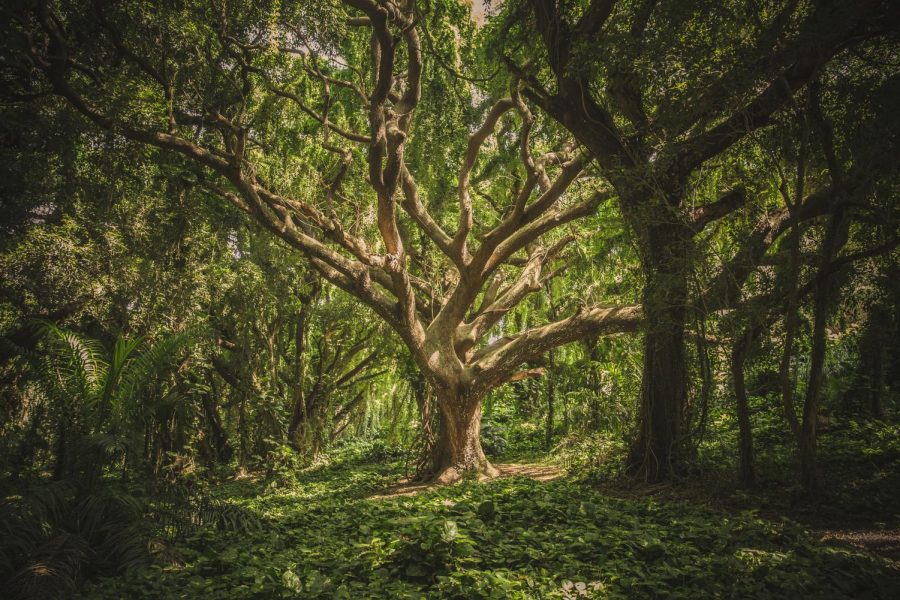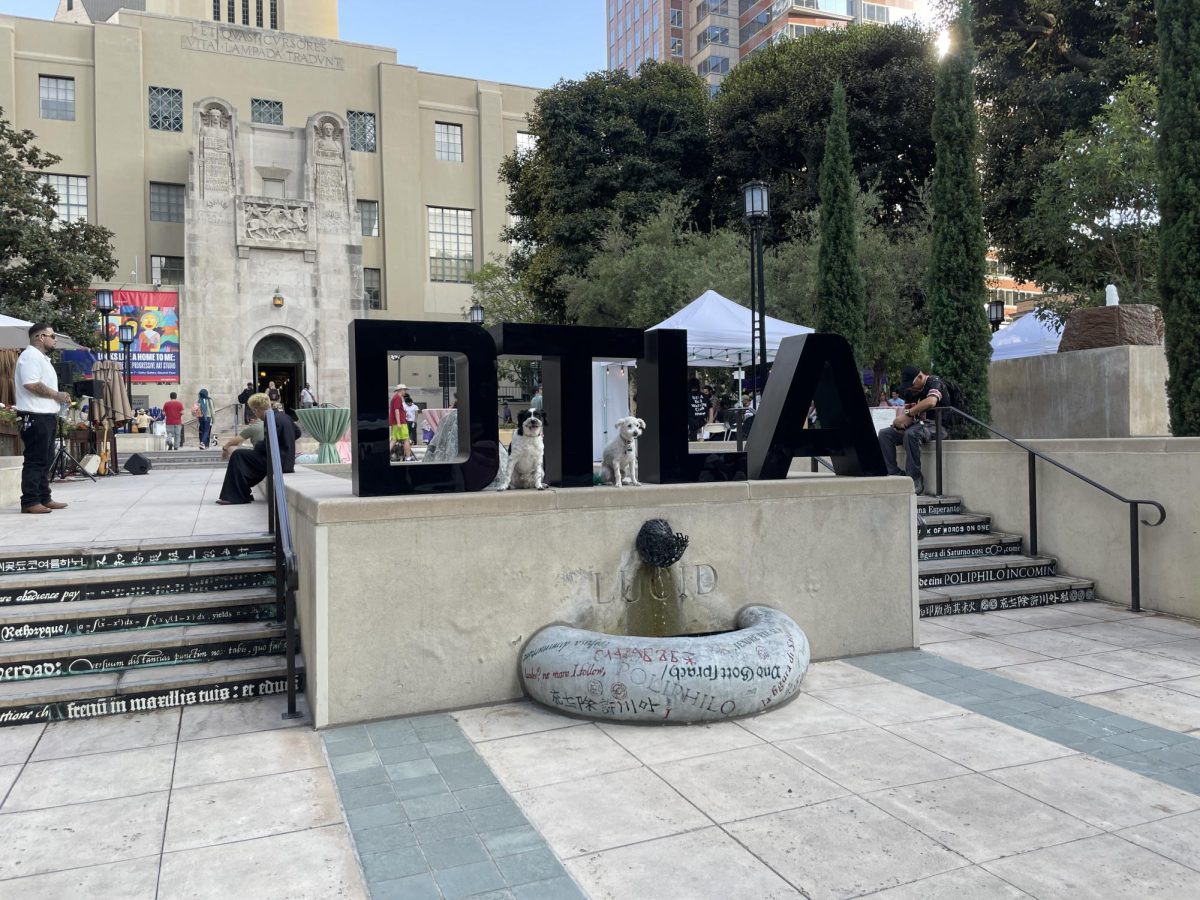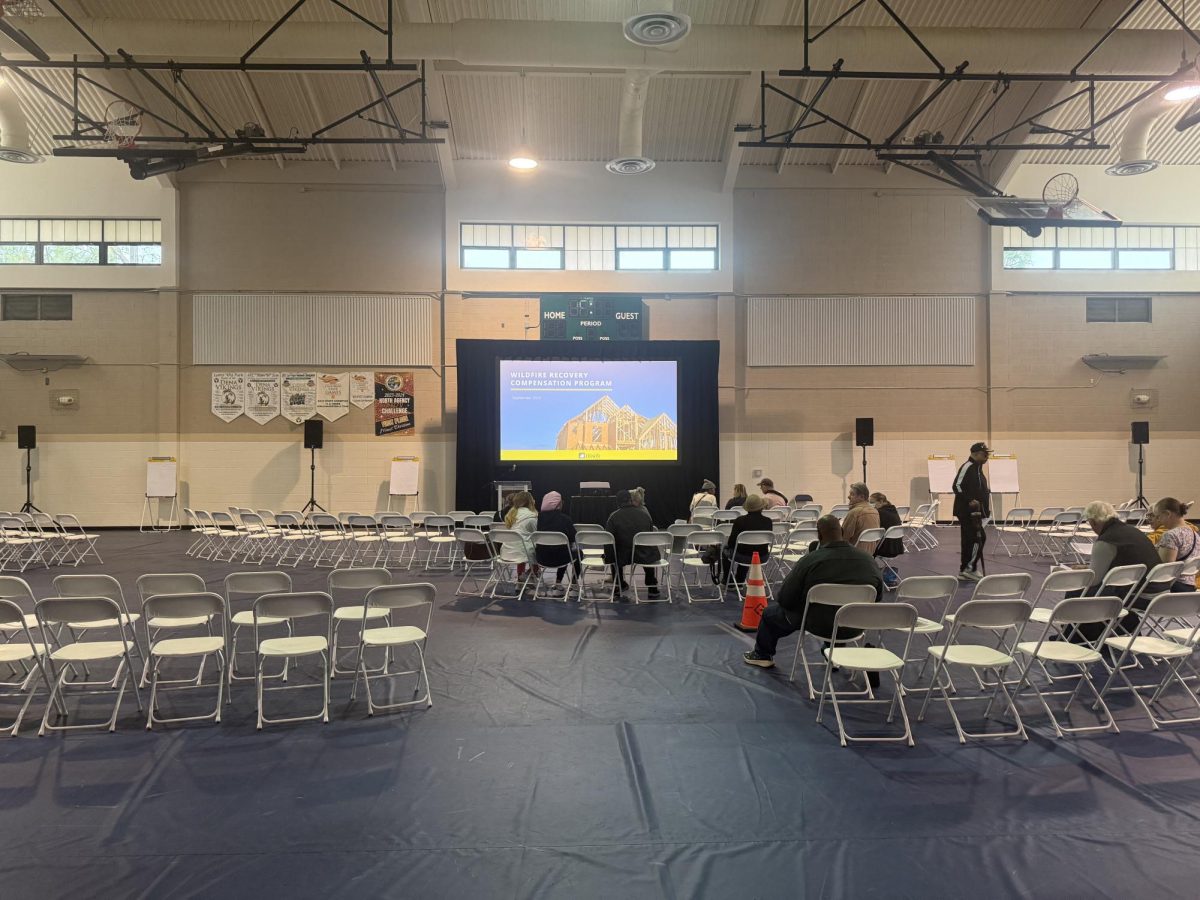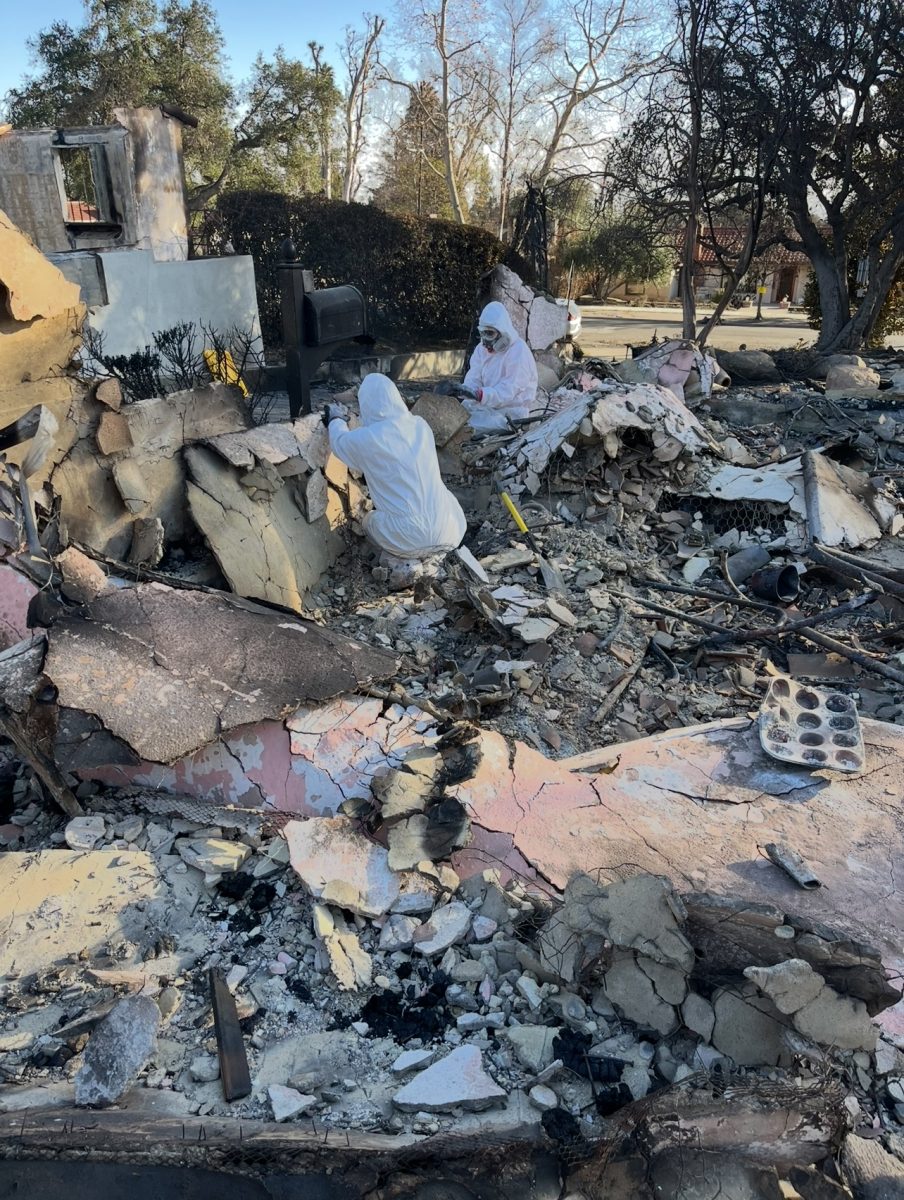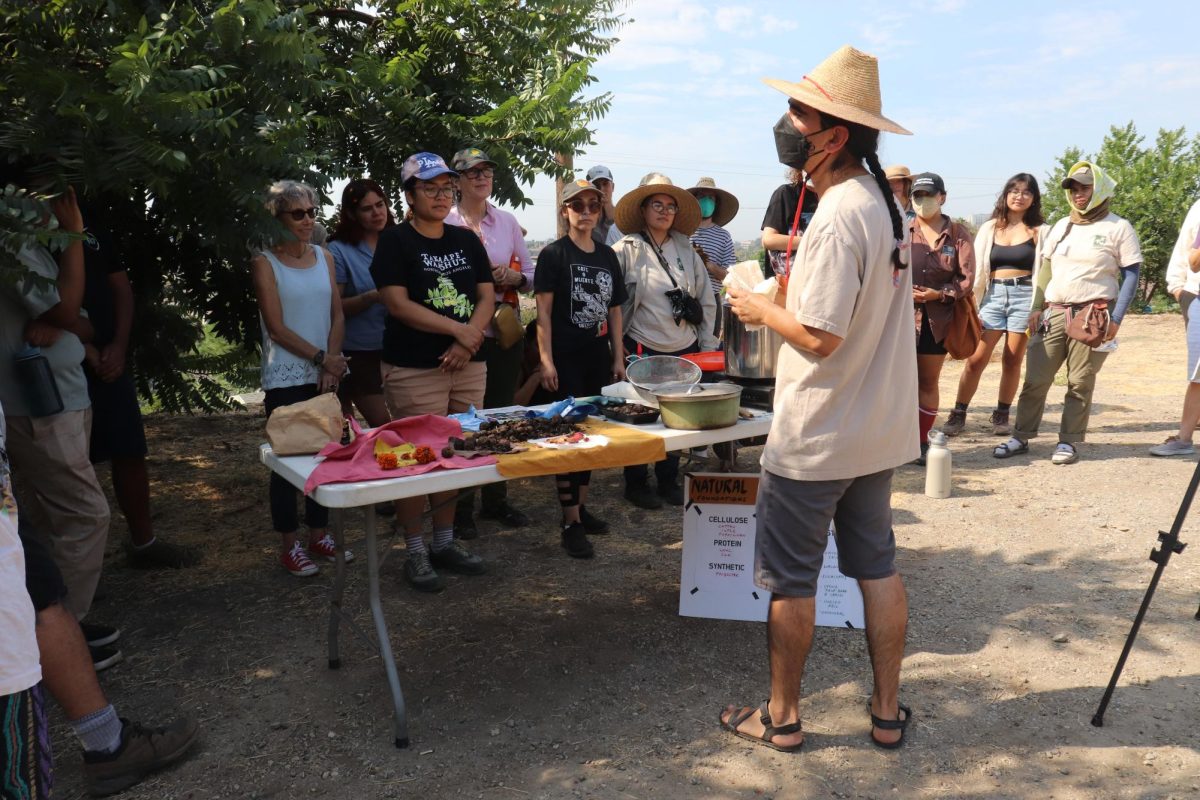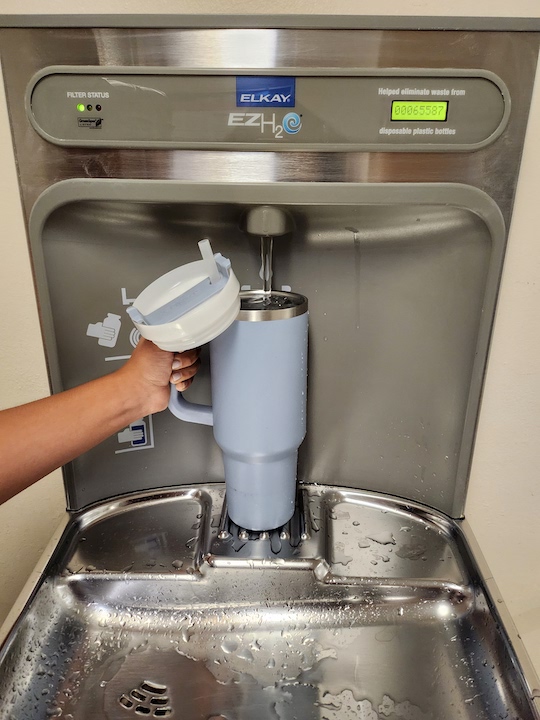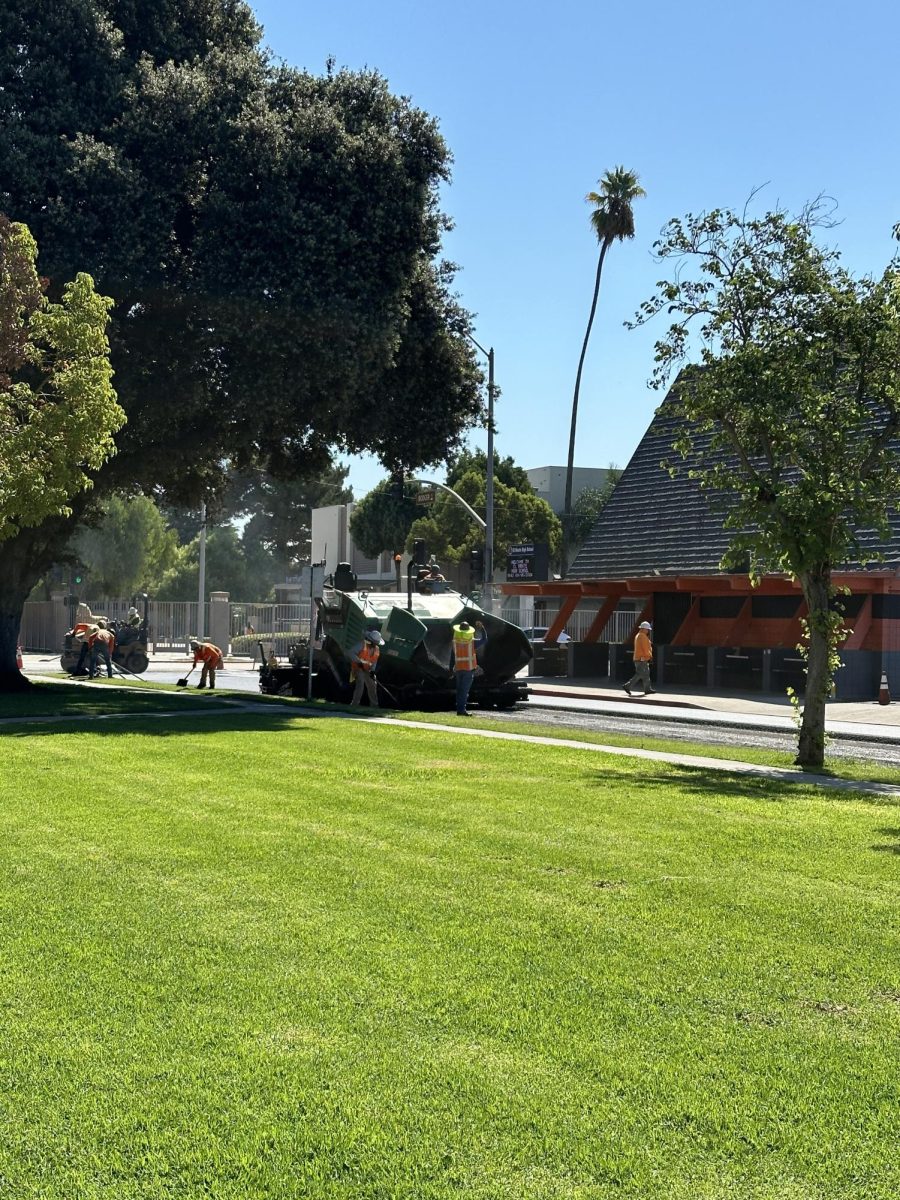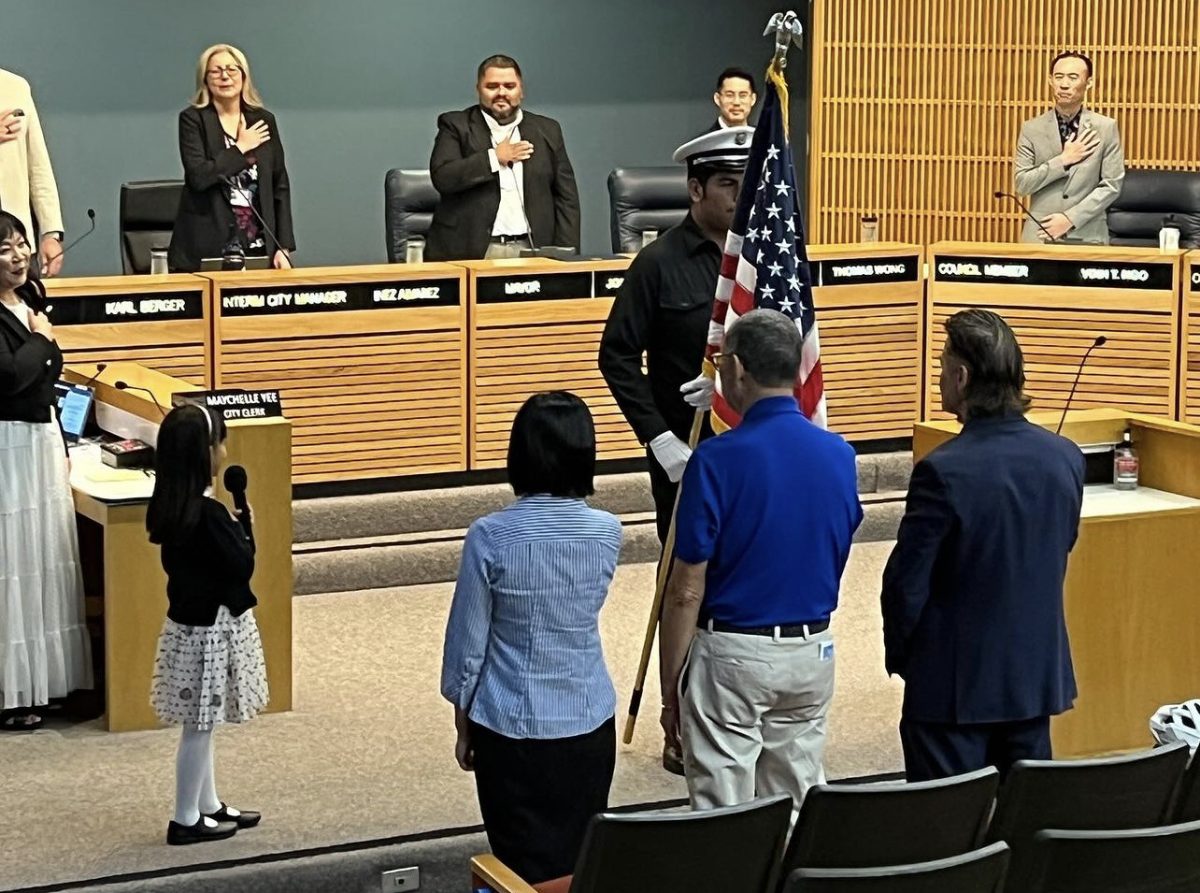In the city of Bell, Public Works Manager Gabino Luna speaks for the trees — or at least he did at a Community Services Council meeting last week to review the city’s tree maintenance program.
What he revealed would probably make the Lorax beam with pride: About 61% of the city’s more than 4,000 trees are in good health and only about 10 trees are classified as poor.
One thing that would irk Dr. Seuss’ mustachioed character is that most of the rest of the trees, about 36%, are stumps and on vacant sites, according to Luna.
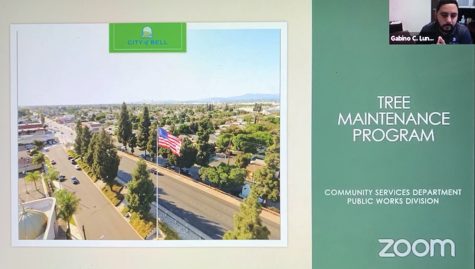
Luna pointed out that this is normal, as the city prepares for “continued improvement, continued development.”
“For example, we have the Eastern Project and the Florence Project currently either underway or completed,” said Luna. “We’re looking at adding about 182 additional trees just in the next couple of months.”
The review was prompted after Luna presented brief information about the program in late January and because tree maintenance is considered important.
That’s because the shade from trees helps reduce energy costs and trees can increase property values by beautifying cities and clean the air by producing oxygen and removing air pollution. That is done by “lowering air temperature, by releasing water into the atmosphere, and by retaining particulates,” according to the Arbor Day Foundation, which works to inspire people to plant, nurture and celebrate trees.
Workers in the city of Bell’s tree maintenance program do some unscheduled maintenance and emergency work. They also trim trees and remove diseased limbs and those that are hazardous, either because they’re on the streets or too close to traffic lights and signs.
Bell is broken up into four grids, and each grid receives grid trimming once a year. Grids one and two are lumped together and were taken care of last year, and grid four will be taken care of this year, Luna said.
Unscheduled maintenance consists of aesthetic tree trimming, planting and removal, watering, and stump removal. Then, there’s emergency maintenance, which involves immediate response requests, like a fallen limb or tree and property damage. Response times for these requests take between 30 minutes and two hours, according to Luna.
The city spends about $105,000 annually on the program and keeps track of tree inspections, maintenance, inventory and resident requests through a software called Arbor Access.
Luna noted the importance of documentation in Public Works, saying that he wants to make sure that every call or request is taken care of and documented for future reference.
He added: “History is important to trees. We like to know and we like to take care of our trees. And the only way to do that is to have consistent maintenance throughout the years.”

